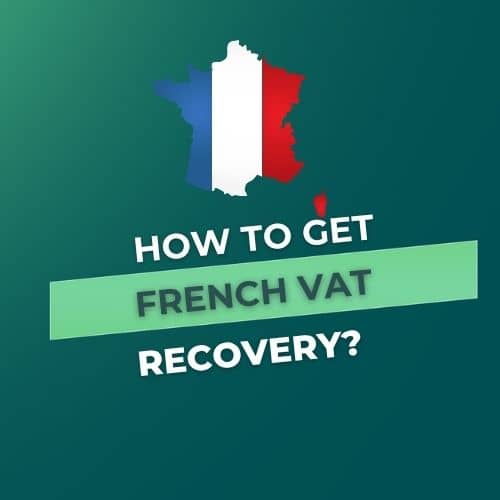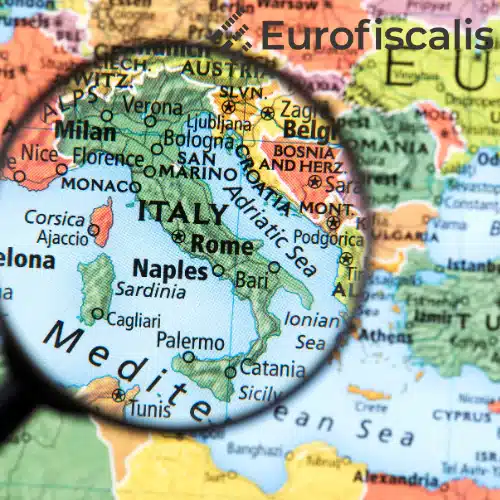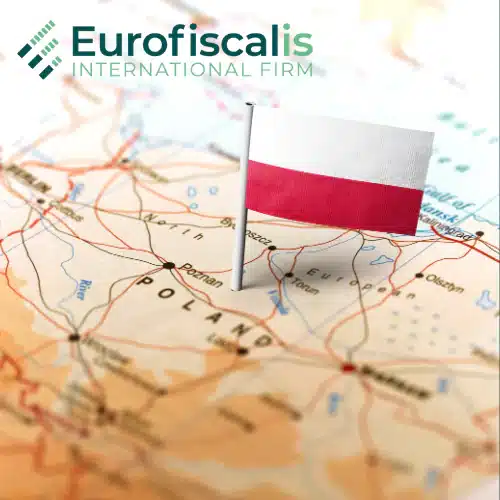Invoicing in Belgium Businesses: A Practical Compliance Guide
Invoicing in Belgium, this guide will cover everything you need to know about invoicing in Belgium. From legal requirements to the upcoming shift toward structured e-invoicing. You can also find here very practical answers to common questions like invoicing international clients, using foreign currencies, and complying with Peppol standards.
- Published on :
- Reading time : 10 min
Invoicing in Belgium
What are the rules for invoicing in Belgium?
In Belgium, VAT law governs how invoices must be issued. Any VAT-registered business must issue an invoice for B2B transactions and certain B2C situations. Each invoice must include key details that will be discussed later in the article.
Invoicing obligation:
- When you supply goods or services to a VAT-registered person or a VAT-exempt legal entity in the context of your profession.
- When you engage in distance selling to a person exempt from VAT.
- When VAT is charged (on all or part of the price) before the goods or services are supplied as mentioned above.
- When you provide new means of transport that are shipped or transported outside Belgium by the seller, the buyer, or someone acting on their behalf.
What is the VAT format for Belgium?
The Belgian VAT number starts with “BE” – followed by 10 digits
for example BE0123456789
You can validate VAT numbers using the EU’s VIES platform. The right use of the VAT number is fundamental for intra-EU supplies and domestic invoicing.
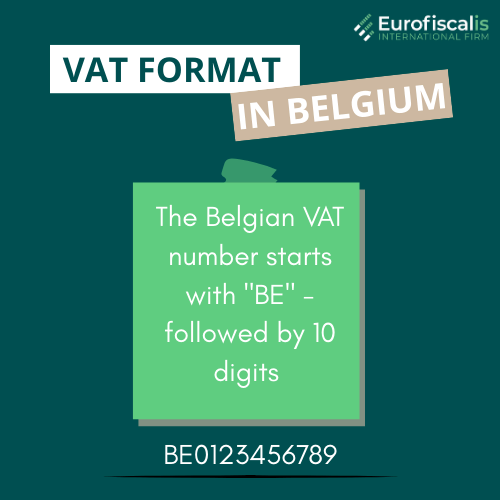
You can book a free consultation with our VAT experts in time that is suitable for you!
Time of Belgium invoicing
The invoice must be issued no later than on the 15th day of the month following the month in which the chargeable event of the transaction took place.
Invoicing in Belgium - types of invoices
Businesses in Belgium may issue standard invoices, simplified invoices (under certain thresholds), or use self-billing (where the buyer issues the invoice). Credit notes are used to correct previously issued invoices.
Source: Invoicing in Belgium
Conventional methods of invoicing
How do I invoice in Belgium? – invoice’s mandatory information
To issue a valid invoice in Belgium:
- Issue date.
- The invoice is identified by a unique sequential number.
- VAT identification number of the client, if the customer is responsible for paying the transaction’s tax.
- Complete name and address of the supplier.
- Complete name and address of the customer.
- An explanation of the kind and quantity of products offered or the kind and scope of services provided.
- Date of payment or transaction (if not the same as the invoice date).
- Applicable VAT rate.
- The amount of VAT due in EUROS.
- VAT amount due broken down by exemption or VAT rate.
- Price per unit for products or services, excluding tax, rebates, or discounts (unless otherwise specified).
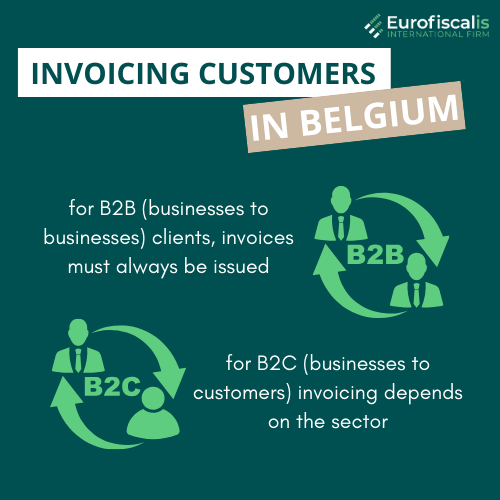
Digital PDF invoices
PDF invoices right now are widely accepted between businesses, but they are not considered structured e-invoices under Belgian law. However, they remain legal as long as authenticity, integrity, and readability are ensured.
Introduction to e-invoicing in Belgium
What is e-invoicing?
In general e-invoicing refers to invoices issued in a structured digital format (such as XML or UBL). E-invoices can be automatically processed by accounting systems which are offering greater efficiency, reduced errors, and better audit readiness, unlike PDFs.
Is e-invoicing mandatory in Belgium?
Yes, but it depends on obligation on the business context.
E-invoicing has been mandatory for B2G (business-to-government) transactions since March 1, 2024, regardless of the contract value.
For B2B, Belgium is introducing mandatory e-invoicing in stages, starting January 2026.
What are the e-invoicing standards and formats in Belgium?
Belgium follows the Peppol BIS 3.0 format, which must be compliant with the European standard EN 16931. It is to ensure interoperability across systems and countries.
Mandatory Belgian e-invoicing regulations
B2G e-invoicing requirements
If you supply goods or services to the Belgian public sector, you must send e-invoices via the Mercurius platform or through Peppol. This ensures compliance with EU Directive 2014/55/EU.
Upcoming B2B e-invoicing mandate - effective January 2026
From 2026, all VAT-registered businesses in Belgium must issue structured e-invoices for domestic B2B transactions.
Belgium e-reporting - future developments
Implementation of e-reporting by January 2028
E-reporting is the next step toward real-time VAT monitoring. Once implemented, businesses will need to report invoice data electronically to the tax authority.
These changes and adapting to it, will require investment in technology and staff training. However, it comes with much bigger opportunities for automation and reduced Belgian administrative burdens.
If you want to get more information about E-invoicing in Belgium read article below:
Invoicing internationally from Belgium
How do I invoice international clients?
When invoicing customers abroad, determine whether they are in the EU or outside:
- For EU clients with a valid VAT number, the reverse charge mechanism may apply.
- For exports outside the EU are typically zero-rated but must be documented properly.
Remember to check requirements before you want to use any mechanism such as the reverse charge.
Do I charge VAT on an invoice to Belgium or abroad?
- Domestic sales - Charge Belgian VAT
- Intra-EU B2B - No VAT if the buyer has a valid VAT number
- Exports - 0% VAT, with customs/export documentation required
How do I create an e-invoice in a foreign currency?
VAT amounts must be shown in EUR. However you can issue e-invoices in other currencies. It is the best to use the official ECB’s exchange rate on the date of supply.
Payment methods in Belgium
How do I pay someone in Belgium?
It all depends on which type of transaction you are making.
Majority of B2B (business to business) payments are made via SEPA credit transfers. Invoices must include payment details such as IBAN and BIC codes.
How do I invoice my customers in Belgium?
⇒ For B2B (businesses-to-businesses) clients, invoices must always be issued.
⇒ For B2C (businesses-to-customers) invoicing depends on the sector.
When should I pay for my Belgian invoices?
Standard payment terms are typically 30 days. Invoices can be delivered on paper or digitally (PDF).
Paper-based invoicing
Paper invoices are being gradually phased out – although they are still allowed. However, digitalisation and the move in the whole EU towards e-invoicing are pushing businesses to adopt more efficient methods.
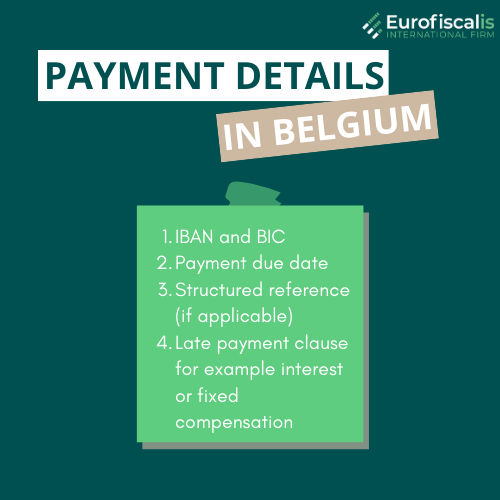
Technical infrastructure in Belgium
Connecting to the Peppol network
Peppol makes e-invoice exchange safe and uniform. Certified Peppol connectivity Points (APs) provide network connectivity for Belgian companies. This is something your e-invoicing system ought to facilitate.
Archiving requirements in Belgium
Accounting records, invoices, and duplicates of them must be preserved for ten years.
This time frame for accounting books begins on January 1st of the year after the year they were closed. It begins on January 1st of the year after the date of document issuance for bills and other papers.
Additionally, electronic invoices must be stored securely, and hosting must comply with all of the EU data protection rules.
What is the payment method in Belgium?
A written before SEPA transfers dominate B2B payments. When it comes to B2C transactions, Bancontact and Payconiq are widely used.
How should payment details be included on an invoice?
You must include:
- IBAN and BIC
- Payment due date
- Structured reference (if applicable)
- Late payment clause for example interest or fixed compensation
Zosia is a marketing specialist in Eurofiscalis, a company with a well-established position in the field of cross-border VAT compliance. Simultaneously, Zosia continues her academic development as a master’s student in Finance and Accounting, which enables her to stay up-to-date with evolving tax regulations.
Combining her knowledge of marketing with a deep understanding of finance and taxes, creates precise, substantive, and easily accessible content. Her mission is to educate in understanding the complexities of taxation related to doing business in international markets.
With her commitment, Zosia translates complex tax issues into clear language, providing valuable information that genuinely helps companies in their development and international expansion. She aims for tax information to be not only understandable but, above all, helpful in making business decisions.



